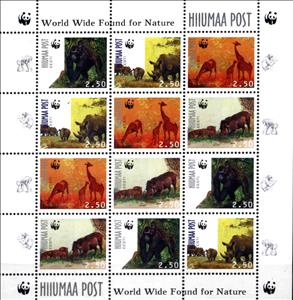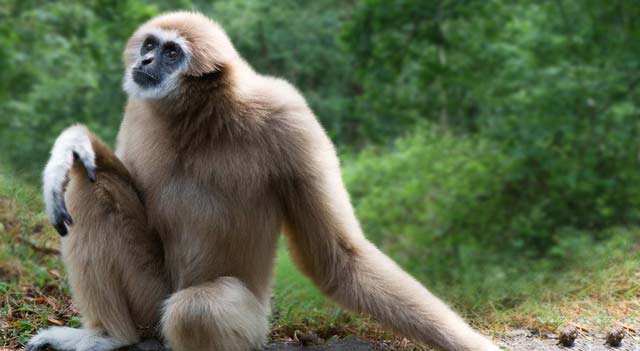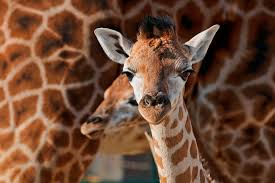Mini Sheet: World Wide Found for Nature (Cinderellas 1998)
World Wide Found for Nature (Cinderellas 1998)
01 January (Cinderellas ) within release Estonia goes into circulation Mini Sheet World Wide Found for Nature face value 12*2.50 Estonian mark
| Mini Sheet World Wide Found for Nature in catalogues | |
|---|---|
| Colnect codes: | Col:EE-HI 1998-01 |
Mini Sheet is square format.
Also in the issue Estonia:
- Stamp - Fauna face value 2.50;
- Stamp - Bunny face value 2.50;
- Stamp - Crocodile face value 2.50;
- Mini Sheet - Estonian Bible Society face value None;
- Mini Sheet - World Wide Found for Nature face value 12*2.50;
- Stamp - World Wide Found for Nature face value 2.50;
- Stamp - Leopard face value 2.50;
- Stamp - World Wide Found for Nature face value 2.50;
- Stamp - World Wide Found for Nature face value 2.50;
- Stamp - World Wide Found for Nature face value 2.50;
- Mini Sheet - World Wide Found for Nature face value 12*2.50;
Mini Sheet World Wide Found for Nature it reflects the thematic directions:
Apes (collectively Hominoidea /hɒmɪˈnɔɪdi.ə/) are a clade of Old World simians native to sub-Saharan Africa and Southeast Asia (though they were more widespread in Africa, most of Asia, and Europe in prehistory), which together with its sister group Cercopithecidae form the catarrhine clade, cladistically making them monkeys. Apes do not have tails due to a mutation of the TBXT gene. In traditional and non-scientific use, the term ape can include tailless primates taxonomically considered Cercopithecidae (such as the Barbary ape and black ape), and is thus not equivalent to the scientific taxon Hominoidea. There are two extant branches of the superfamily Hominoidea: the gibbons, or lesser apes; and the hominids, or great apes.
The giraffe is a large African hoofed mammal belonging to the genus Giraffa. It is the tallest living terrestrial animal and the largest ruminant on Earth. Traditionally, giraffes have been thought of as one species, Giraffa camelopardalis, with nine subspecies. Most recently, researchers proposed dividing them into up to eight extant species due to new research into their mitochondrial and nuclear DNA, and individual species can be distinguished by their fur coat patterns. Seven other extinct species of Giraffa are known from the fossil record


